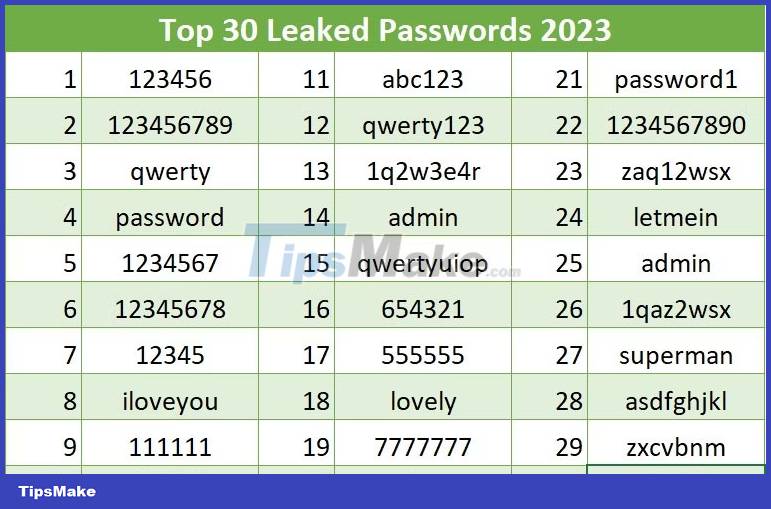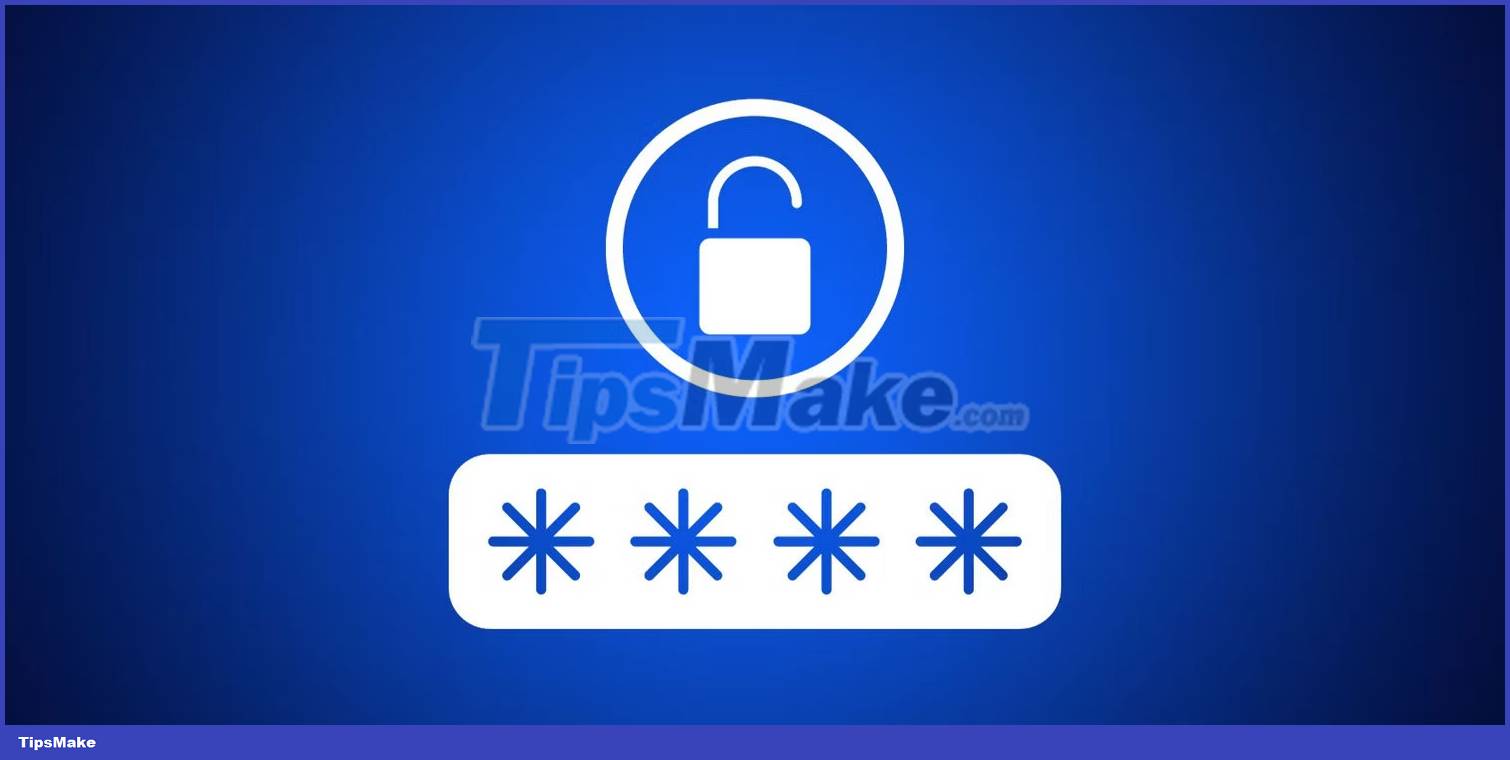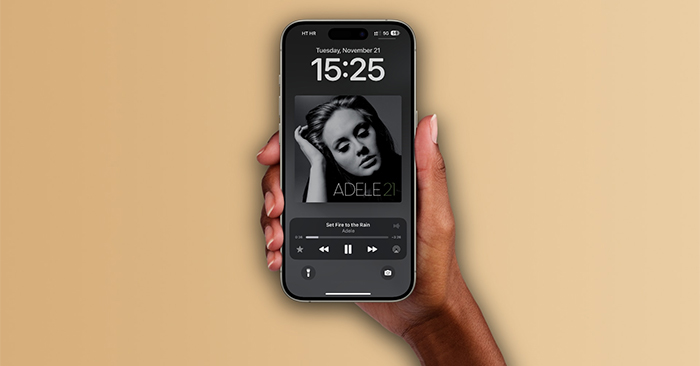5 reasons not to use emoji in your password
Emoji (emoticons) overcome cultural and language barriers. They have become part of the Internet vocabulary and everyday communication, and are so ingrained in our language that people have started using them in passwords.
Unfortunately, that's not a good idea and here are 5 reasons why.
1. You may be locked out
Have you ever actually tried using emojis in your password? If yes, you know that some platforms allow emojis while others do not. This is not a big problem. However, even if you can create an account somewhere with an emoji-based password, you still might not be able to log in, especially if they change the password rules. You'll most likely encounter compatibility issues or the site you're trying to use can't handle emoji passwords properly.
2. Predictability
When it comes to passwords, people tend to favor common phrases and easy-to-guess combinations of numbers. In fact, according to NordPass research, the most popular password in the world is "123456", while phrases like "admin" and "password" are in the top 10. If people start using emoji in their password, it can be assumed that they will use the most common emojis, making their password easy to crack.
 5 reasons not to use emoji in your password Picture 1
5 reasons not to use emoji in your password Picture 1
3. Cross-platform issues
Emoji are part of the Unicode standard and are the same across all platforms and operating systems. However, you may notice that they look different depending on your operating system. And because their appearance is different, you may have difficulty using the correct password. If you enter the wrong password too many times, you will have to verify your account again or worse, it may be locked.
4. Inconvenient
In addition to potential security issues, there is also inconvenience. If all you ever use is your smartphone, perhaps using an emoji-based password won't be too inconvenient. But have you ever tried sending emoji to someone on your computer? For example, if you have a Windows computer, you must enable emoji support through ViVeTool. It's certainly more convenient to just use letters and numbers on your keyboard.
5. There is a risk of Shoulder Surfing
Your smartphone keyboard may display the most recently used emojis right at the top. Having this information available puts you at risk of Shoulder Surfing (a technique of collecting passwords by looking over someone's shoulder as they log into the system). As the term suggests, this is a type of cyberattack in which the perpetrator monitors the target's device screen to obtain sensitive information. Not that using a regular password will make you invulnerable to a Shoulder Surfing attack, but it's certainly easier to remember an emoji combination than something like "us1nFzP!qR".
How to create a strong password that doesn't include emojis
 5 reasons not to use emoji in your password Picture 2
5 reasons not to use emoji in your password Picture 2
You don't need emojis to create strong passwords. What you need are letters, numbers and special characters. Or rather, you need to combine those 3 elements. Password strength or password entropy can be measured. The more complex the password, the harder it is to crack.
The problem with complex passwords is that they can be difficult to remember. This is why you should use a password manager, specialized software designed to store and manage passwords. Password managers are easy to use, and many of them have free versions available.
Another mechanism you should consider is two-factor authentication. When two-factor authentication is enabled (now available in most apps), you'll need to confirm your identity by entering a temporary code or using a dedicated app.
You should read it
- How to use Emoji on Mac
- Interesting facts about emoji, emoticons are used daily on the Internet
- After all, Windows 11 will have 3D emoji
- 6 tools to 'play' with super-toxic emoji that you never knew
- Do you know how to use Emoji emoticons on Linux?
- Why does the Emoji keyboard on my iPhone 'disappear'?
- You can draw your own Emoji on Gboard right now
- How to insert emoji in Word, insert emoticons into Word
- Apple's new Emoji is coming with many character and expressive animations
- Change URL into a funny emoji icon, have you tried it?
- Instructions for creating emoji using AI online
- Experimental Google Chrome opens the emoji by right-clicking
May be interested

ChatGPT's Custom GPT Can Reveal Your Data: Here's How to Stay Safe!

How to automatically add your favorite songs to your Apple Music library

Instructions for creating Cinematic wallpapers on Android

How to use AMD Radeon Software's Record & Stream feature

Which is better for CapCut or Adobe Premiere Pro for video editing?

7 Apple hacks, breaches, and security vulnerabilities you didn't know about






 How to use Emoji on Mac
How to use Emoji on Mac After all, Windows 11 will have 3D emoji
After all, Windows 11 will have 3D emoji 6 tools to 'play' with super-toxic emoji that you never knew
6 tools to 'play' with super-toxic emoji that you never knew Why does the Emoji keyboard on my iPhone 'disappear'?
Why does the Emoji keyboard on my iPhone 'disappear'?